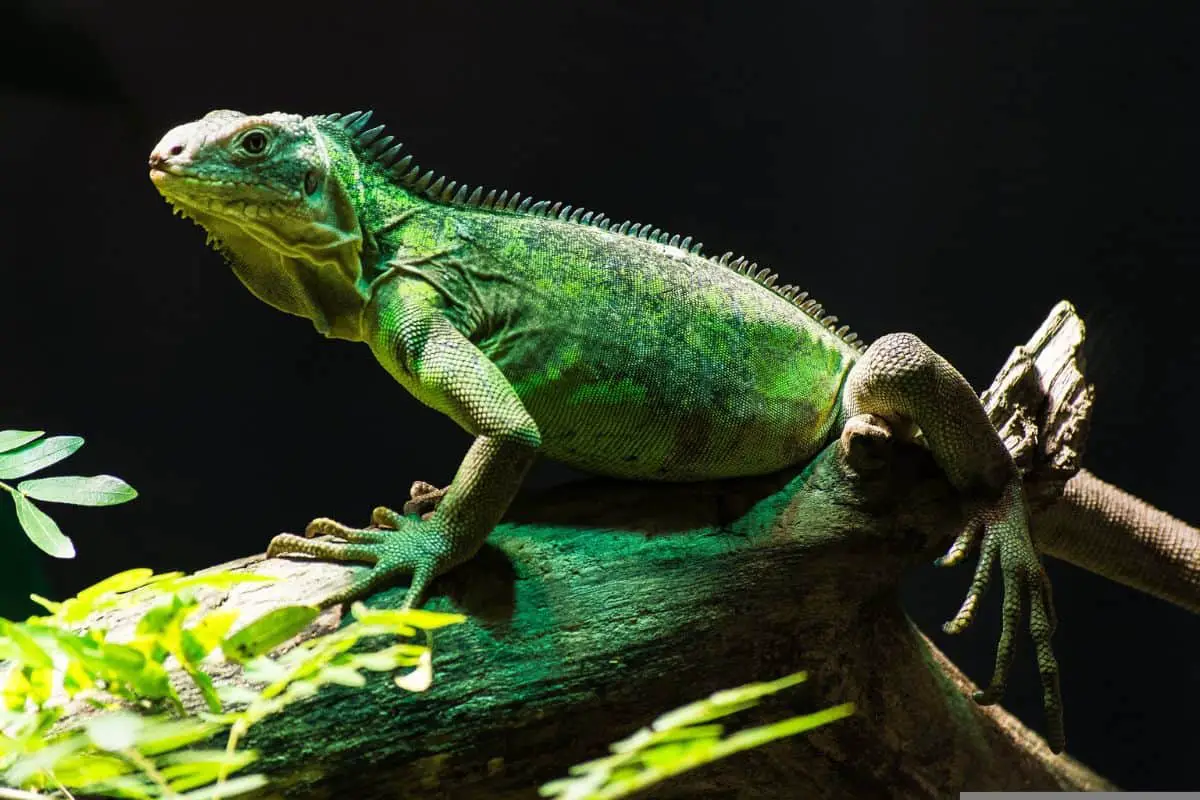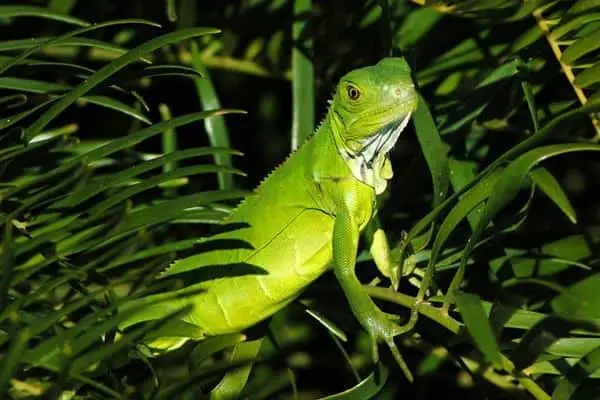There are many different species of small animals that can live together in a terrarium. Keeping them together presents a unique challenge for you as a pet owner. The fact that only select animal species can coexist peacefully with others in a terrarium is just one of many considerations that must be made when choosing which animals to keep together.
Below we’ve listed several pairings of animals that have been successfully kept together inside a terrarium, as well as some of the things you should know to help them thrive in captivity.
Animals that can live together in a terrarium
Here’s a list 7 pairings of animals that you might consider housing together in a single terrarium.
1. Spotted salamanders and American toads
Scientific Names:
- Ambystoma maculatum (Spotted salamander)
- Anaxyrus americanus (American toad)
Both species can coexist in a single tank, but only if it’s large enough. Because spotted salamanders and American toads are both amphibians, they will require similar care in captivity.
The most important thing to remember about keeping spotted salamanders and American toads together is that they require a lot of hiding places. Since both species are nocturnal, they will be active at night.
Spotted salamanders and American toads like to hide under rocks and logs, but make sure the logs aren’t too heavy for them if they try to escape your tank during the day. You can use the same substrate for both animals, such as ground peat moss, sphagnum moss, or coconut mulch.
Additionally, they both require a shallow dish of clean water and prefer to be kept in an environment between 60 and 70 degrees Fahrenheit.
2. African dwarf frogs and Mystery snails
Scientific Names:
- Hymenochirus boettgeri (African dwarf frog)
- Pomacea bridgesii (Mystery snails)
One of the most well-liked terrarium pairings is African dwarf frogs and mystery snails. Since they enjoy similar conditions and natural environments, these two species are ideal for each other. Mystery snails are also peaceful tankmates who feed on algae, which helps both species keep the tank clean.
African dwarf frogs prefer warm, humid climates with temperatures ranging from 68°F to 80°F, which is also the temperature range in which mystery snails thrive. Since they’re aquatic creatures, they need clean (with a pH level of 7.5) and healthy water to swim in.
They also require moderately hard water, and be sure to have a water filter or bacterial filter to keep your tank clean. Calcium is also necessary for both species to remain healthy in the terrarium.
3. Green-and-black poison dart frog and Dyeing poison dart frog
Scientific Names:
- Dendrobates auratus (Green-and-black poison dart frog)
- Dendrobates tinctorius (Dyeing poison dart frog)
Due to their similar needs as poison dart frog species, green-and-black poison dart frogs and dyeing poison dart frogs can coexist in a terrarium. They both require an environment with 70% humidity or higher and temperatures ranging from 70 to 85 degrees Fahrenheit.
If you keep one of each species, a 20-gallon tank is preferable, so they have plenty of room to move around. These poison dart frogs prefer to live in leaf litter and on the moist rainforest floor, so it’s critical to provide them with a moist substrate, such as long-fiber sphagnum moss and plant debris, where they can hide.
As both species are semi-arboreal and prefer to sit on tree branches, artificial plants are also encouraged to be placed inside the terrarium.
4. American green tree frog and Red-eyed tree frog
Scientific Names:
- Hyla cinerea (American green tree frog)
- Agalychnis callidryas (Red-eyed tree frog)
American Green Tree Frogs and red-eyed tree frogs can live together inside a terrarium due to the similarities in their habitats and needs. Both species require high humidity, at least 70% during the day and more at night; it shouldn’t fall below 50%. They also thrive in slightly cooler temperatures than other frog species.
American green tree frogs prefer temperatures ranging from 70°F to 75°F, while red-eyed tree frogs prefer temperatures ranging from 75°F to 85°F. Sunlight isn’t required for either of them; however, a light that can simulate day and night for their daily cycle is recommended if they’re in a dim room.
Since they’re both arboreal, you must keep a vine or wood from which they can climb inside the terrarium. These animals are fed crickets, worms, and other small insects, so make sure there’s enough for both of them.
5. Giant African millipede and Madagascar hissing cockroach
Scientific Names:
- Archispirostreptus gigas (Giant African millipede)
- Gromphadorrhina portentosa (Madagascar hissing cockroach)
These two species of insects are among those that can coexist in the same tank. They live on forest floors, hiding in leaf litter and rotten wood. Giant African Millipedes need a tank of at least 40 gallons in size because they can get up to 12 inches long.
On the other hand, the Madagascar hissing cockroach is only 3 inches long and doesn’t require much space, but they require a minimum of a 5-gallon tank. Both species require temperatures ranging from 70 to 75 degrees Fahrenheit and humidity levels ranging from 70 to 80%.
This enables them to thrive in the same terrarium with substrates similar to their natural habitats, such as decaying wood and a dark environment. They’re also herbivores who consume various fruits and green leafy vegetables.
6. Woodturtles and Spotted turtles
Scientific Names:
- Glyptemys insculpta (Woodturtles)
- Clemmys guttata (Spotted turtles)
If you want to keep two different species of turtles in the same tank, these two are ideal. Wood turtles and spotted turtles have similar needs, so they can be housed together in the same terrarium.
Both species are omnivores that consume a wide range of plants and animals, including slugs, worms, algae, and aquatic plants. They thrive in temperatures ranging from 75 to 80 degrees Fahrenheit with adequate UVB exposure.
These species also require clean, shallow waters with a depth of no more than 6 inches because neither of them is a good swimmer.
7. Red-footed tortoise and Green iguana
Scientific Names:
- Chelonoidis carbonaria (Red-footed tortoise)
- Iguana iguana (Green iguana)
A tortoise and an iguana have very different lifestyles, but they can coexist peacefully.
Tortoises and iguanas are both herbivorous reptiles that eat fruits and leafy greens. They both like to bask in the sun and require a basking spot, as well as cool places to hide from the heat. Both of them require light that is at least 90 to 95 degrees Fahrenheit for 12 hours per day, whether it comes from natural or artificial sources.
A humidity level of 70-80% is required in their tank to keep both species healthy. Because iguanas are arboreal, they require a vertical environment where they can climb, such as woods and branches. Tortoises require a substrate of at least 4-6 inches in depth where they can burrow to cool off.
















